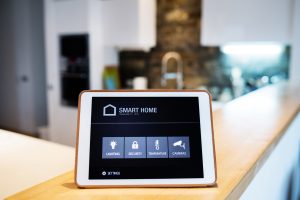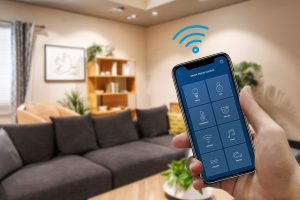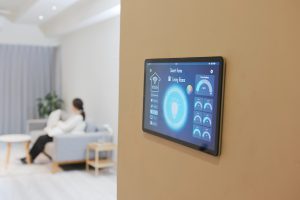Home Automation: The Key To A Convenient And Efficient Lifestyle
9 min read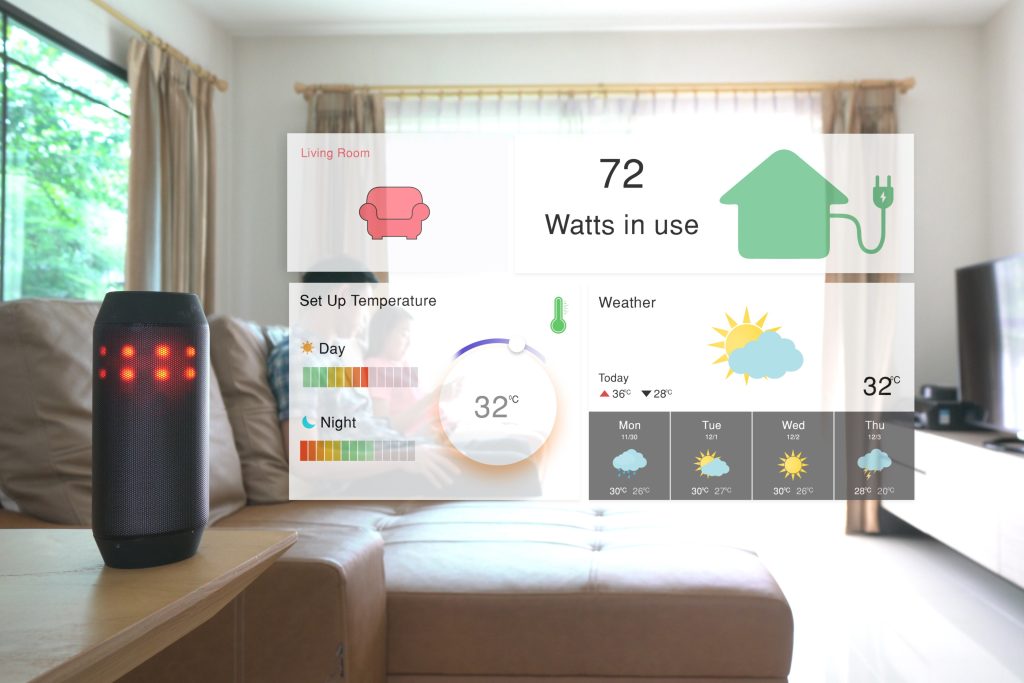
Are you tired of constantly running around your house to adjust the thermostat, turn off lights, and lock doors? Do you wish there was a way to make your daily tasks more convenient and efficient? Well, look no further than home automation. With the advancements in technology, home automation has become increasingly popular and accessible, providing homeowners with the ability to control and monitor their homes from anywhere in the world.
Home automation eliminates the need for manual operation of your home by automating tasks like lighting, climate control, security, and appliances. Imagine being able to turn on your lights or adjust the temperature in your home with just a tap on your smartphone. Home automation not only offers convenience but also enhances energy efficiency, making it a win-win solution for homeowners.
Smart Devices: Improving Daily Life
Smart devices have become an integral part of our daily lives, revolutionizing the way we communicate, work, and perform everyday tasks. From smart home systems that enhance comfort and convenience to wearable devices that track our health and fitness, smart technology has truly transformed the way we live.
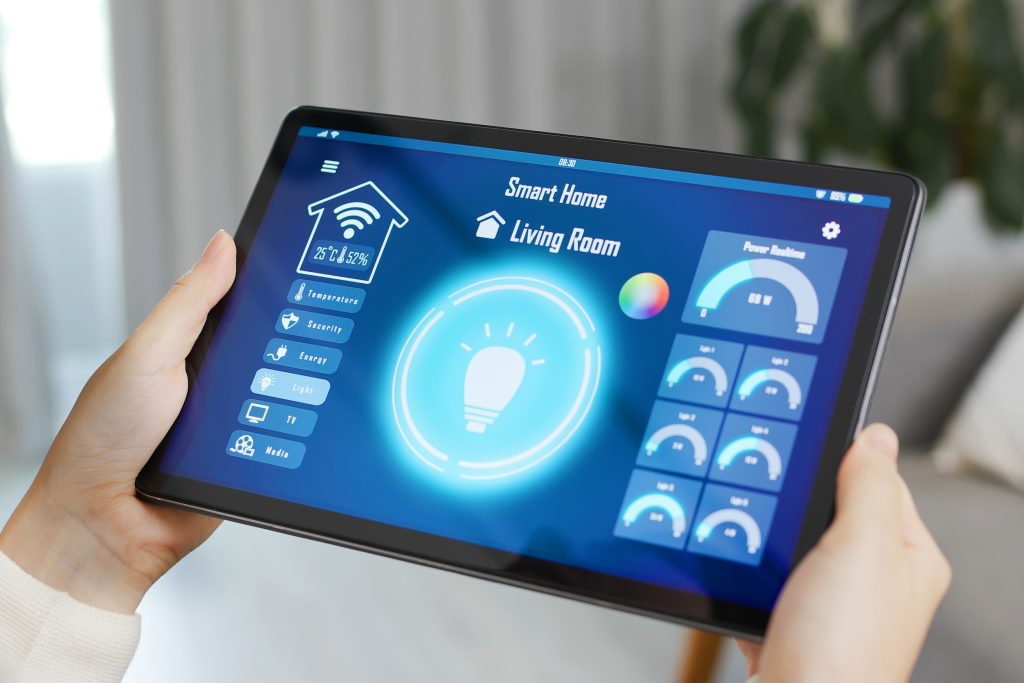
Smart Homes & Connected Devices
Smart homes and connected devices offer a range of benefits, including convenience, energy efficiency, and improved security. When it comes to implementing these systems, there are two primary options: wireless and hardwired.
Wireless systems are popular for their ease of installation and flexibility, allowing devices to be easily added or moved without the need for extensive rewiring. However, they may require strong Wi-Fi coverage and reliable broadband service to function effectively. The cost of wireless systems can vary widely, depending on the specific devices and the quality of the Wi-Fi network.
On the other hand, hardwired systems are known for their reliability and scalability. Once installed, they tend to be more stable and less susceptible to interference. However, the upfront cost of hardwired systems can be higher due to the need for professional installation and the installation of physical wiring.
Ultimately, the decision between wireless and hardwired systems will depend on individual needs, budget, and preferences. Those looking for flexibility and easy installation may opt for wireless systems, while those prioritizing reliability and scalability may lean towards hardwired systems.
Voice Commands & Voice Assistants
Voice commands and voice assistants play a crucial role in smart home automation by offering an intuitive and hands-free experience for users. With the ability to control various smart devices, they provide convenience and simplify the management of the connected ecosystem. Artificial intelligence powers these voice-controlled systems, enabling them to understand natural language and learn from user preferences, thus enhancing the overall user experience.
AI also enables voice assistants to adapt to the user’s lifestyle and make personalized recommendations, making the smart home experience more efficient and personalized. Additionally, voice-controlled smart home systems prioritize user privacy, committing not to use client information for marketing purposes or sell user data to third parties. This ensures that users can interact with their smart home devices with confidence, knowing that their privacy is being respected.
Energy Consumption & Utility Bills
Energy-efficient home automation systems can lead to a significant reduction in energy consumption and cost savings on utility bills. By allowing homeowners to monitor and control their energy usage in real-time, these systems enable them to make more informed decisions about how and when to use energy. Smart thermostats, for example, can adjust the temperature based on occupancy and preferences, leading to efficient heating and cooling. Smart lighting systems can be programmed to turn off when not in use, further reducing energy waste. Additionally, energy monitoring tools provide insights into where energy is being used, allowing for targeted improvements.
Over time, the ability to optimize energy usage through home automation systems can result in substantial cost savings on utility bills. By minimizing energy waste and maximizing efficiency, homeowners can see a significant reduction in their energy costs. These systems not only benefit the homeowner financially but also contribute to a more sustainable environment by reducing overall energy consumption.
The Impact of Smart Technology on Everyday Life
Smart technology has significantly impacted everyday life by revolutionizing the way we automate tasks, enhance comfort, and improve convenience in our homes. With the help of systems engineering, efficient smart home automation has simplified daily life for homeowners. This technology has transformed daily tasks such as controlling household appliances, monitoring security systems, and managing energy consumption. It has also improved overall living experiences by providing comfort and convenience through features like voice-activated assistants, smart thermostats, and remote access to home devices.
Incorporating smart technology into everyday life offers key benefits and advantages, such as increased energy efficiency, enhanced security, and greater convenience. The global smart home market is projected to show substantial growth, indicating the increasing popularity of smart home design. Overall, smart technology has become an integral part of everyday life, offering a more efficient and comfortable living experience for homeowners.
Security Systems: Peace of Mind for All Occasions
When it comes to ensuring the safety and security of our homes, businesses, and loved ones, having a reliable security system in place can provide peace of mind for all occasions. From preventing break-ins and theft to monitoring for fire and other emergencies, security systems are essential for maintaining a secure environment.
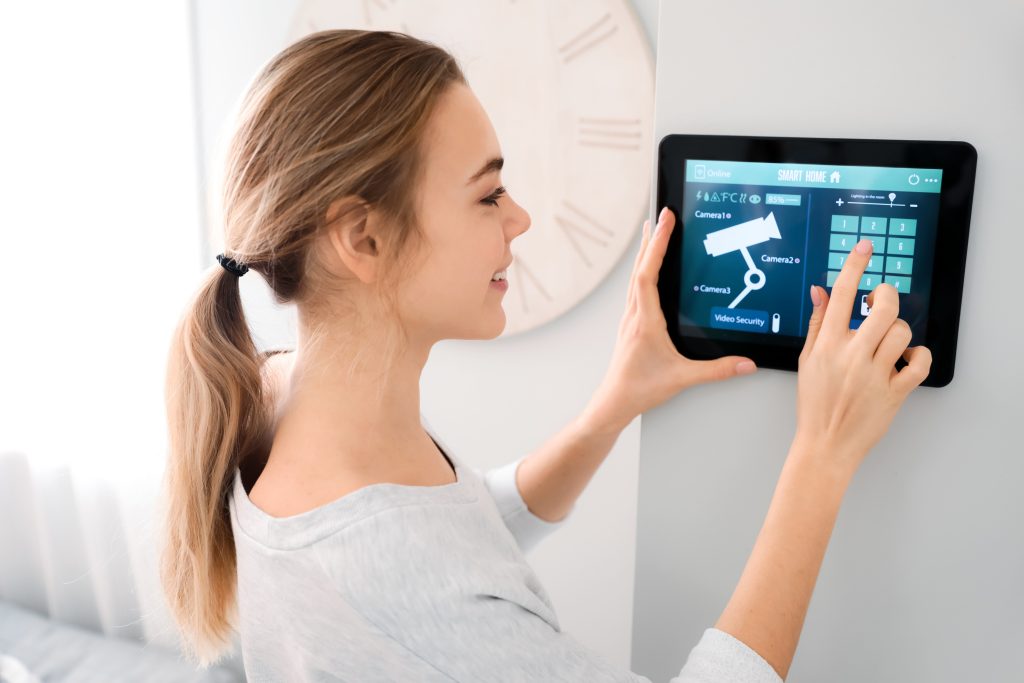
Security Cameras & Smart Locks
To integrate security cameras and smart locks into your home automation system, start by selecting a system that supports both devices. Choose security cameras with advanced features such as facial recognition and motion detection to enhance surveillance. These cameras should also have video surveillance capabilities to monitor and record any suspicious activity.
For smart locks, opt for ones that can be controlled remotely via a smartphone app or a centralized hub. Look for models that provide access notifications, allowing you to see when and who is accessing your home. Additionally, ensure that the smart locks are compatible with your existing home automation system.
Once you have selected the appropriate security cameras and smart locks, follow the manufacturer’s instructions to integrate them into your home automation system. This may involve connecting the devices to the central hub or app and configuring settings to enable remote access and notifications.
By integrating security cameras with facial recognition and motion detection, along with smart locks that provide remote access and access notifications, you can greatly enhance the security measures of your home automation system.
Automation Systems & Alarm Monitoring Services
1. ADT: ADT offers automation systems and alarm monitoring services with facial recognition, motion detection, and smart doorbells with video surveillance for home security. Their systems can create a chain reaction from a single event by automatically triggering other security measures such as locking doors and turning on lights. ADT’s smartphone app provides in-depth reports and controls, allowing users to monitor their home security system remotely. Additionally, ADT’s systems can link smoke alarms and carbon monoxide detectors to facilitate evacuation in case of emergencies.
2. Vivint: Vivint provides automation systems and alarm monitoring services that include facial recognition, motion detection, and smart doorbells with video surveillance. Their systems can create a chain reaction from a single event by triggering customized responses such as contacting emergency services or sending alerts to the user’s smartphone. Vivint’s smartphone app allows for in-depth reports and controls, giving users the ability to manage their home security system from anywhere. Vivint’s systems also integrate smoke alarms and carbon monoxide detectors to ensure a comprehensive approach to home safety.
Both ADT and Vivint offer comprehensive automation systems and alarm monitoring services with advanced features for home security, making them top choices for homeowners seeking modern, reliable security solutions.
How to Make Your Home Secure with Smart Technology
Smart technology can greatly enhance the security of your home by providing advanced features such as security systems, cameras, and video doorbells. These devices can be connected to your smartphone, allowing you to monitor your home from anywhere. Additionally, smart locks can be programmed with unique access codes to provide controlled entry to your home.
Strong passwords and multifactor authentication are also important for securing smart home devices. Using unique and complex passwords, as well as implementing two-factor or multi-factor authentication, can help prevent unauthorized access to your smart devices.
Machine learning and artificial intelligence can further enhance home security by adapting to the residents’ preferences. These technologies can analyze patterns and learn the typical behaviors of the residents, which can help identify any abnormal activities or potential security threats. For example, smart security systems can use AI to distinguish between a family member returning home and an unknown person attempting to enter the property.
By incorporating smart technology, security systems, video doorbells, and utilizing machine learning and artificial intelligence, homeowners can significantly improve the security of their homes and provide peace of mind for themselves and their families.
Immersive Entertainment Experience with Smart Home Systems
The integration of smart home systems has revolutionized the way we experience entertainment in our living spaces. From immersive sound systems to cutting-edge video displays, smart home technology has truly transformed the entertainment experience within our own homes. By seamlessly connecting various entertainment devices and systems, smart home technology allows for a fully immersive and personalized entertainment experience that was once only achievable in high-end theaters or entertainment venues. Whether it’s a high-quality home theater system, wireless speakers, or voice-activated controls, smart home systems have elevated the way we engage with entertainment in our own living spaces. The convenience and innovation of these technologies have redefined the concept of home entertainment, allowing for an experience that is not only more advanced but also more personalized and user-friendly.

Audio and Video Entertainment With Smart Home Technology
Smart home technology has revolutionized the way we enjoy audio and video entertainment by providing seamless integration and control of audio and video devices. With a combination of wireless and hardwired options, smart home technology allows for centralized control of smart TVs, speakers, and media players, creating a cohesive and immersive entertainment experience.
The benefits of smart home integration for audio and video entertainment are plentiful. Users can seamlessly switch between different media sources and devices with the touch of a button, eliminating the need for multiple remotes and cumbersome setup processes. Additionally, smart home technology allows for automation and customization of entertainment settings, providing a tailored user experience that caters to individual preferences and needs.
While wireless options offer convenience and flexibility, hardwired systems provide a more stable and reliable connection. The costs of each option should be considered based on individual needs and budget constraints.
Automated Lighting, Blinds, and Temperature Control
Automated lighting, blinds, and temperature control systems can be integrated into a smart home setup to enhance convenience and energy efficiency. These systems can be controlled using keypads, remotes, or smart devices, and can be programmed to adjust based on time of day or user preferences.
For example, automated lighting can be set to turn on or off at specific times, or in response to motion sensors. Blinds can be programmed to open or close based on the position of the sun, or to provide privacy at certain times of the day. Temperature control systems can be adjusted to maintain a comfortable climate while minimizing energy waste.
The potential benefits of these systems are significant. Not only do they improve the look and functionality of a home, but they also reduce energy consumption and enhance comfort. By automatically adjusting lighting, blinds, and temperature, homeowners can save on energy costs while enjoying a more comfortable living environment.
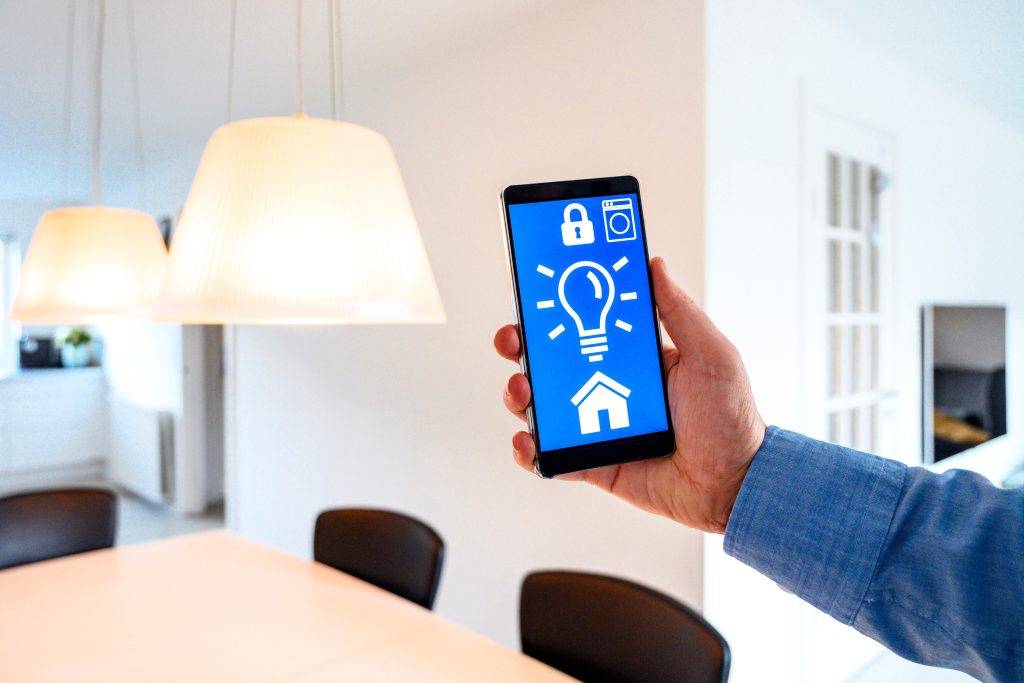
Conclusion
In conclusion, home automation is the key to a convenient and efficient lifestyle. With its ability to connect all of your household appliances and devices, it allows you to control and manage them from one central hub. This can help save time, energy, and money when it comes to keeping your home comfortable and safe. Additionally, by providing convenience and security, home automation systems can increase the value of your property. So if you’re looking for a way to make your life more convenient and efficient, home automation is the way to go.

